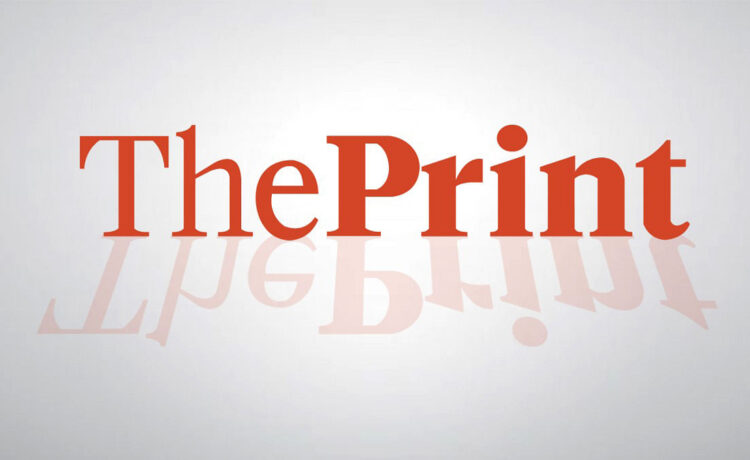By Chibuike Oguh and Amanda Cooper
NEW YORK/LONDON (Reuters) – An index of global shares was lower on Wednesday, pressured by choppy trading on Wall Street and a dip in European stocks, as U.S. President Donald Trump’s latest tariff threats on auto, semiconductor and pharmaceutical imports injected a sense of caution into the markets.
Gold prices hit a fresh record high and safe-haven currencies led by the U.S. dollar and yen gained amid investor worries over tariffs.
Since his inauguration four weeks ago, Trump has imposed a 10% tariff on all imports from China, on top of existing levies. He has also announced, and delayed for a month, 25% tariffs on goods from Mexico and non-energy imports from Canada.
Trump told reporters on Tuesday that sector-wide tariffs on pharmaceuticals and semiconductor chips would start at “25% or higher,” rising substantially over the course of a year. He intends to impose similar tariffs on autos as soon as April 2.
Wall Street’s main indexes finished higher, with the Benchmark S&P 500 edging to a second straight closing high after wobbling between green and red throughout the session. Financials and utilities were the biggest gainers while energy and technology stocks were the main losers.
The Dow Jones Industrial Average rose 0.16% to 44,627.59, the S&P 500 rose 0.24% to 6,144.15 and the Nasdaq Composite rose 0.07% to 20,056.25.
The pan-European STOXX 600 index dropped 0.9%, logging its biggest daily drop since the start of this year. Bourses in Germany, France, Italy and Spain declined between 0.5% and 1.8%.
Both the benchmark S&P 500 and STOXX 600 indexes finished at record highs on Tuesday.
MSCI’s gauge of stocks across the globe fell 0.11% to 886.72.
“In general the bias for markets remains upwards but if you look shorter term over the last few days, it’s more mixed because the market tends to trade around the latest indications of the Trump administration,” said Julian McManus, portfolio manager at Janus Henderson Investors.
“That tends to be unsettling and markets tend to trade off whenever they hear the word tariff because they think it means either risk for a particular country or they think inflation.”
Trump’s initial policy proposals raised concern at the Federal Reserve about higher inflation, with firms telling the U.S. central bank they generally expected to raise prices to pass along the cost of import tariffs, according to the Fed’s January meeting minutes released on Wednesday.
The U.S. dollar and the yen gained as market jitters escalated amid the latest round of tariff threats. The Japanese yen strengthened 0.38% against the greenback to 151.49 per dollar. Against the Swiss franc, the dollar strengthened 0.11% to 0.904.
The dollar index, which measures the greenback against a basket of currencies including the yen and the euro, rose 0.16% to 107.17. The euro was down 0.19% at $1.0425.
Gold prices rose to a fresh record high of $2,946.85 on safe-haven demand, reaching a new peak for the ninth time this year. Bullion pared gains and was little changed at $2,935.22 an ounce. U.S. gold futures settled 0.4% lower at $2,936.10.
Oil prices held near a one-week high on worries about supply disruptions in Russia and the U.S, even as the market awaits the outcome of talks to end the war in Ukraine.
European leaders vowed to step up support for Ukraine, propelling shares in European arms manufacturers to record highs this week and pushing up governments’ long-term borrowing costs.
Brent futures rose 0.3% to settle at $76.04 a barrel, while U.S. West Texas Intermediate (WTI) crude rose 0.6% to settle at $72.25. That was the highest close for both crude benchmarks since February 11.
(Reporting by Chibuike Oguh in New York; Additional reporting by Ankur Banerjee in Singapore; Editing by Chris Reese and Stephen Coates)
Disclaimer: This report is auto generated from the Reuters news service. ThePrint holds no responsibility for its content.
















